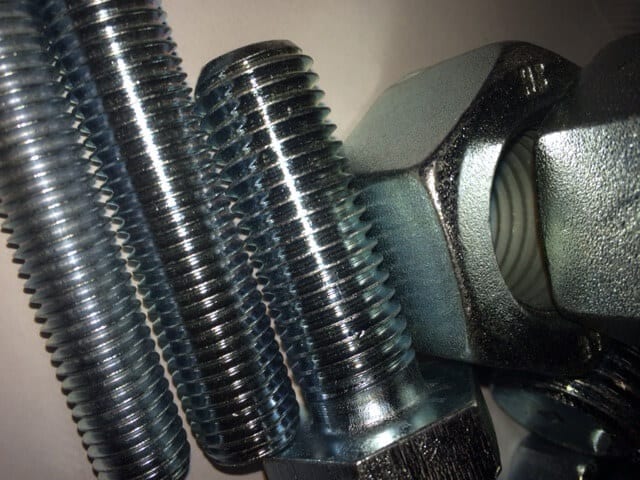Using electrolysis, this galvanic process deposits a zinc coating onto the product surface. The electrolytic process uses an aqueous solution in combination with electrolysis to produce a solid zinc deposit. The result is a smooth and bright layer. The layer thickness varies from 5 – 40 µm and is determined by the current density and the immersion time in the zinc bath. The galvanised layer is then treated with passivation solutions, such as chromate or dichromate, which increase the corrosion resistance and give a decorative appearance. The passivation layer is a thin zinc-chromium/zinc-oxide layer on top of the zinc coating. The zinc layer has a light blue translucent hue. This process releases hydrogen gas, which in the case of certain forged steels, can be absorbed into the material structure. There is no risk of material deformation.
Hydrogen embrittlement:
The presence of hydrogen gas may have adverse effects such as hydrogen embrittlement which may cause fractures or tears in the material. The higher the tensile strength class, the greater the risk is of this occurring. Especially with steel grades higher than 8.8, the hydrogen absorbed into the steel can result in significant loss in ductility, this effect is called hydrogen embrittlement. The possibility that hydrogen embrittlement may occur cannot be ruled out. Stokvis Trading BV does not accept any liability whatsoever in this respect.
Ask one of our employees about the possibilities for 24 and 48 hour service!



